You know those moments when you notice extra hair in your brush or wonder why your hair sometimes looks fuller, shinier, or suddenly starts thinning? Most people think it’s all about shampoo or diet, but the real secret lies deeper, inside your skin, in something called the hair follicle.
A hair follicle is a tiny pocket under your skin that grows and holds each strand of your hair. It connects your hair to blood and nutrients, helping it grow strong and healthy. Every hair you see on your body starts from one of these little roots.
Once you understand how your hair follicle works, you’ll also understand why hair grows, falls out, or even changes over time. Let’s go step by step and make it super simple so you can finally see what’s really happening beneath your scalp.
What is a Hair Follicle?
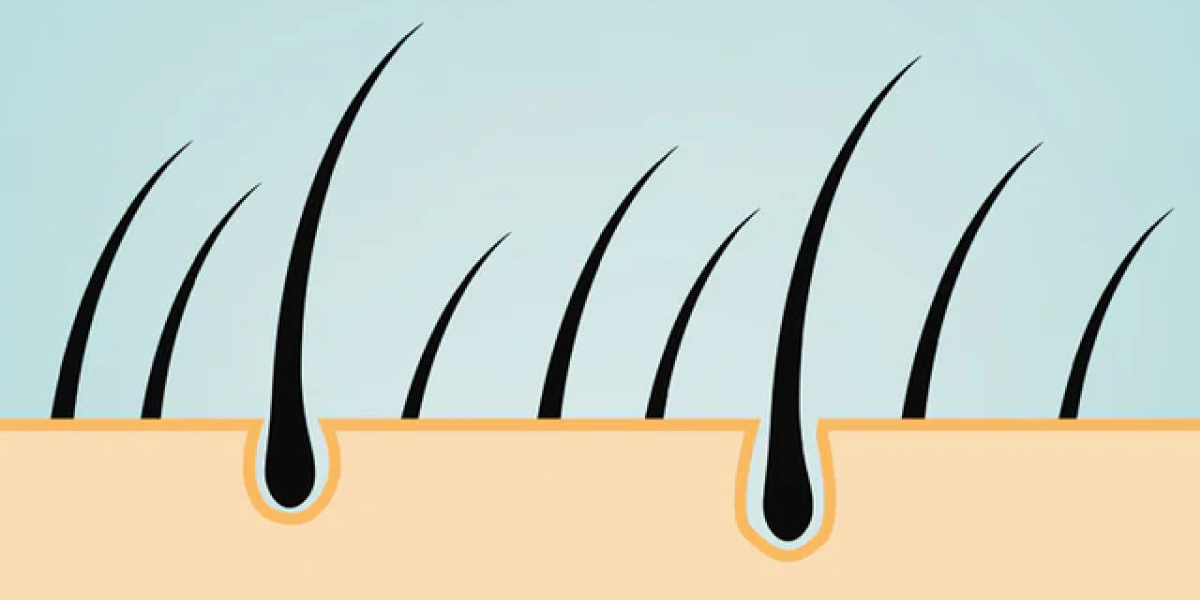
A hair follicle is like a tiny tunnel in your skin that holds and grows your hair. It sits deep inside your skin and connects your hair to blood and nutrients.
In simple words, it’s the “home” where your hair lives and grows. Without it, your hair and follicles can’t stay healthy.
Quick facts about hair follicles
| Feature | Details |
| Number on body | About 5 million |
| Number on head | Around 1 million |
| Main job | Grow and protect your hair |
| Location | Found in the first two layers of skin (epidermis and dermis) |
Structure of a Hair Follicle
A hair follicle looks like a long, tube-shaped tunnel. It’s not just one piece; it has several layers that work together to grow healthy hair. When a hair follicle gets pulled out or damaged, it can affect your hair growth.
Here’s how each part works:
| Part | What It Does |
| Hair Bulb | The base of the follicle, where new hair cells are made. |
| Dermal Papilla | Brings blood and nutrients to help your hair grow. |
| Sebaceous Gland | Produces natural oil (sebum) that keeps your hair soft. If these get blocked, they’re called blocked hair glands. |
| Inner Root Sheath | Guides the hair as it grows upward. |
| Outer Root Sheath | Protects the hair and connects it to your skin. |
| Arrector Pili Muscle | Tiny muscle that makes your hair stand up (goosebumps). |
In short, the bulb grows hair, the papilla feeds it, and the gland keeps it soft and shiny. When a person tries to pull a hair follicle out, it can cause irritation or even small bumps. Sometimes, these bumps can turn into clogged hair follicles or clogged hair pores.
How Hair Grows from the Follicle
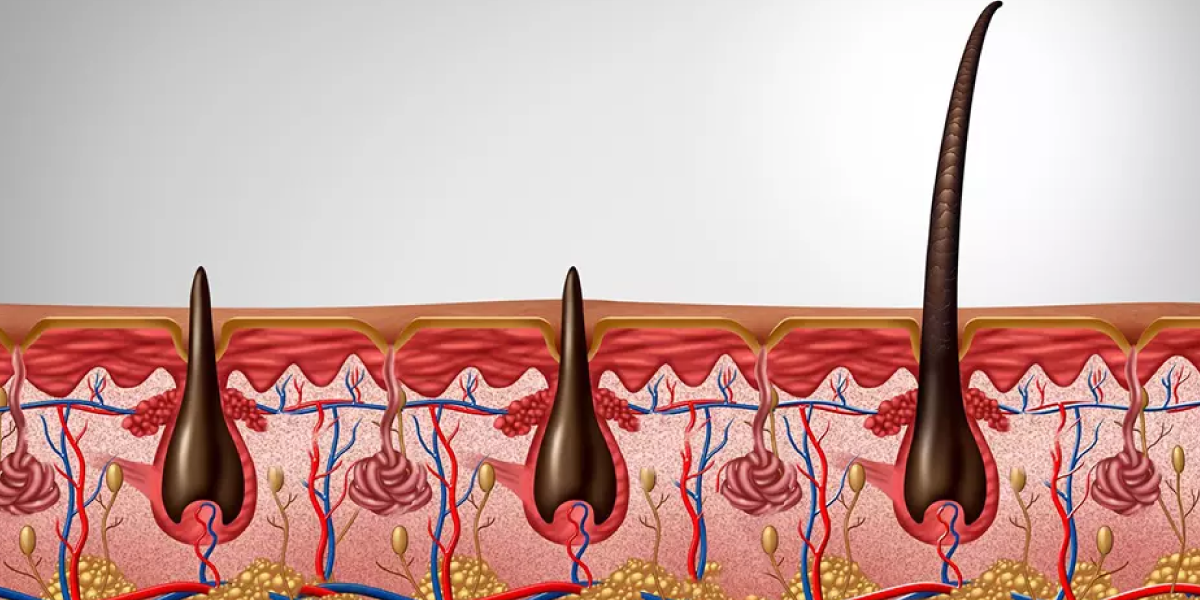
Hair growth happens in cycles; not all your hair grows at once. Some hairs grow, some rest, and some fall out. It’s all part of a natural process.
The Three Phases of Hair Growth
| Phase | Duration | What Happens |
| Anagen (Growth Phase) | 2–7 years | Hair grows from the root and gets longer each month. |
| Catagen (Transition Phase) | 2–4 weeks | Hair stops growing and separates from the blood supply. |
| Telogen (Resting Phase) | 3–4 months | Old hair falls out, and new hair starts growing from the same follicle. |
At any time, about 90% of your hair is in the growth phase, and it’s normal to lose around 100 hairs a day. But if you pull hair follicles out repeatedly or have clogged hair follicles, it might slow new growth.
You can check out our post on how to grow your hair faster for practical ways to boost growth naturally.
What Decides Your Hair Type and Color
Your hair follicle doesn’t just grow hair; it also decides your hair’s texture and color. The shape of your follicle controls how your hair looks. If it’s round, your hair grows straight. If it’s oval, it becomes wavy. And if it’s flat, you get curly hair.
The color comes from melanin, the same pigment that gives your skin its tone. More eumelanin makes hair darker, less of it makes it lighter, and more pheomelanin adds red tones.
As you get older, your follicles make less melanin, and that’s when gray or white hair starts to appear.
The Life of a Follicle
Your hair grows about half an inch per month, but that depends on your age, diet, and overall health. Hair follicles are one of the few body structures that can regenerate, meaning they can stop working and then start again.
However, if a follicle is badly damaged or if a hair follicle is pulled out with force, it may not grow hair again.
Hair Follicle Facts Chart
| Factor | Impact on Growth |
| Age | Slower hair growth as you get older |
| Diet | Poor nutrition can make hair weak |
| Hormones | Imbalance can cause hair thinning |
| Stress | Can trigger temporary hair loss |
Common Problems with Hair Follicles
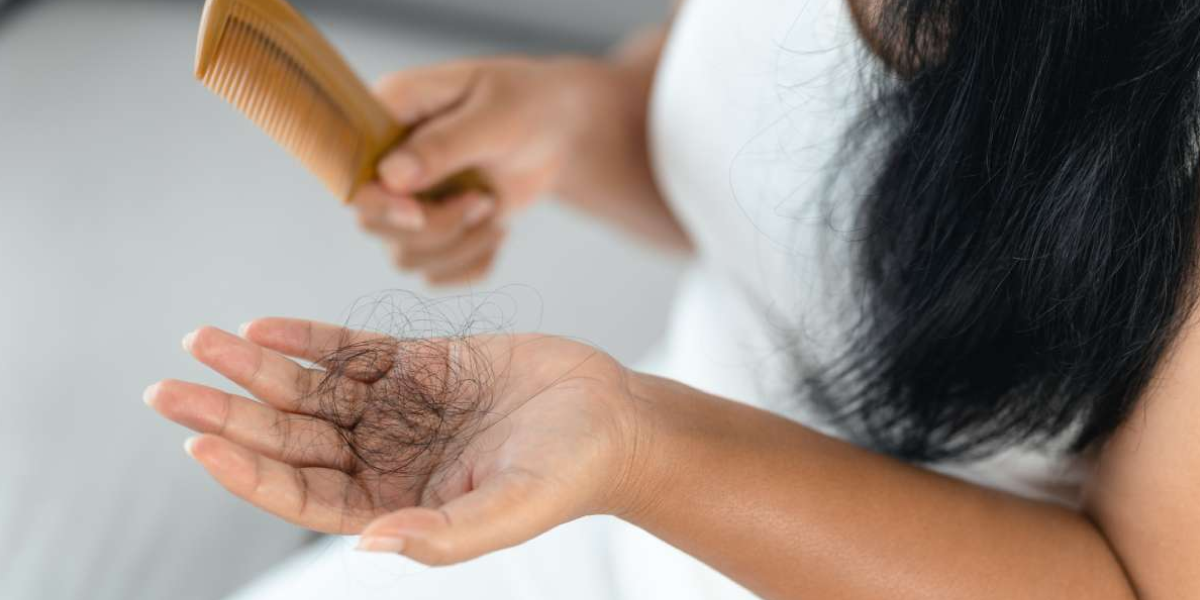
Sometimes, hair follicles get irritated, infected, or stop working properly. Here are a few common conditions:
Folliculitis
One common issue is folliculitis, which shows up as red, itchy bumps on your skin. It usually happens when bacteria or clogged hair follicles block the pores.
Alopecia Areata
Another problem is alopecia areata, where hair suddenly falls out in small patches because your immune system attacks your follicles by mistake.
Androgenetic Alopecia
Then there’s androgenetic alopecia, often called male or female pattern baldness. It happens slowly over time due to genetics or hormonal changes.
Telogen Effluvium
You might also face telogen effluvium, where your hair sheds more than usual after stress, illness, or sudden changes in your body.
In some cases, people, especially females, get painful boils in the groin area when blocked hair glands or clogged hair pores trap oil and bacteria. These boils often heal with warm compresses and gentle care.
If you ever notice unusual hair loss, irritation, or bumps, it’s always smart to visit a dermatologist early.
Besides, learn step-by-step ways to fix and nourish your hair in our post about how to repair damaged hair.
Can Hair Follicles Grow Back Once Damaged?
Yes, hair follicles grow back once damaged, but it depends on the level of damage. Minor damage heals naturally, but severe damage might lead to scarring and permanent loss.
- Mild follicle damage can regrow hair within 6–12 months.
- Deep damage can take up to 4 years or may not regrow at all.
- New research on stem cells shows hope for reviving inactive follicles, but it’s still being tested.
How to Keep Hair Follicles Healthy
Healthy hair starts with healthy follicles. You can strengthen them with simple haircare habits:
- Eat a balanced diet rich in protein, vitamins, and minerals.
- Massage your scalp to boost blood flow and reduce clogged hair follicles.
- Keep your scalp clean but not overly dry.
- Avoid harsh chemicals and tight hairstyles.
- Reduce stress and sleep well.
Pro tip: Natural oils like coconut, castor, or argon oil help nourish your follicles and improve growth. These also prevent clogged hair pores and keep your hair soft.
| Do’s | Don’ts |
|
|
You can read our guide on the best shampoo and conditioner for damaged hair to find products that really work.
Wrapping Up
Your hair follicle is a small but powerful structure that shapes your entire hair health, from how fast it grows to how it looks and feels. Taking care of your scalp, eating well, and managing stress are simple but effective ways to keep your follicles strong for life.
So next time you notice hair shedding, clogged hair follicles, or changes in your hair texture, remember that it all starts deep under your skin with those tiny but mighty hair follicles.
And if you ever get tempted to pull a hair follicle out. Don’t! It’s better to treat it gently and let nature do its job.
FAQs
|
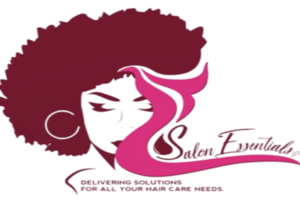
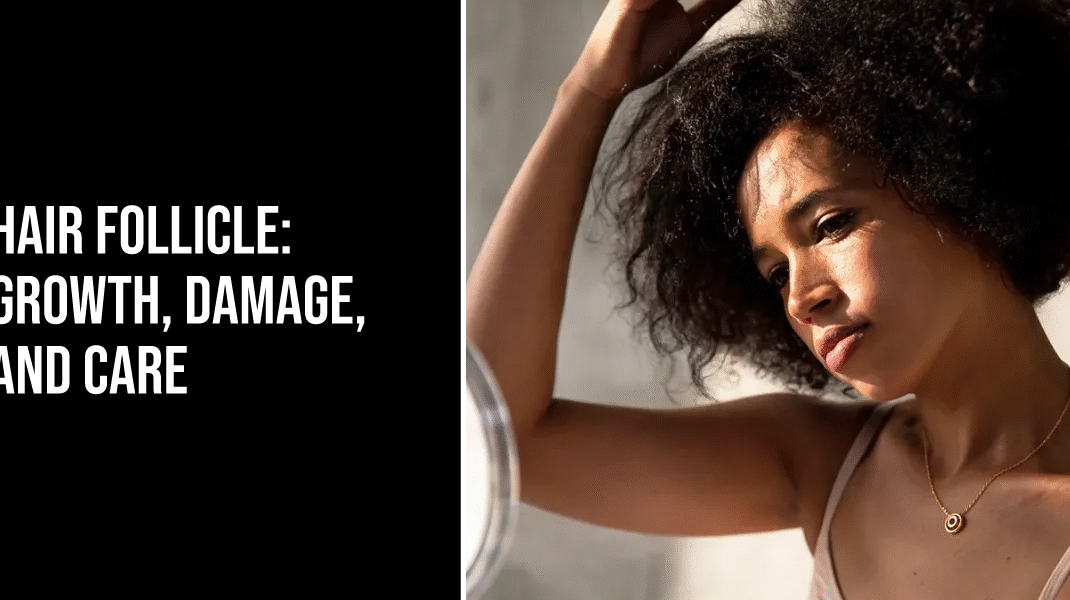
1 Comment
13